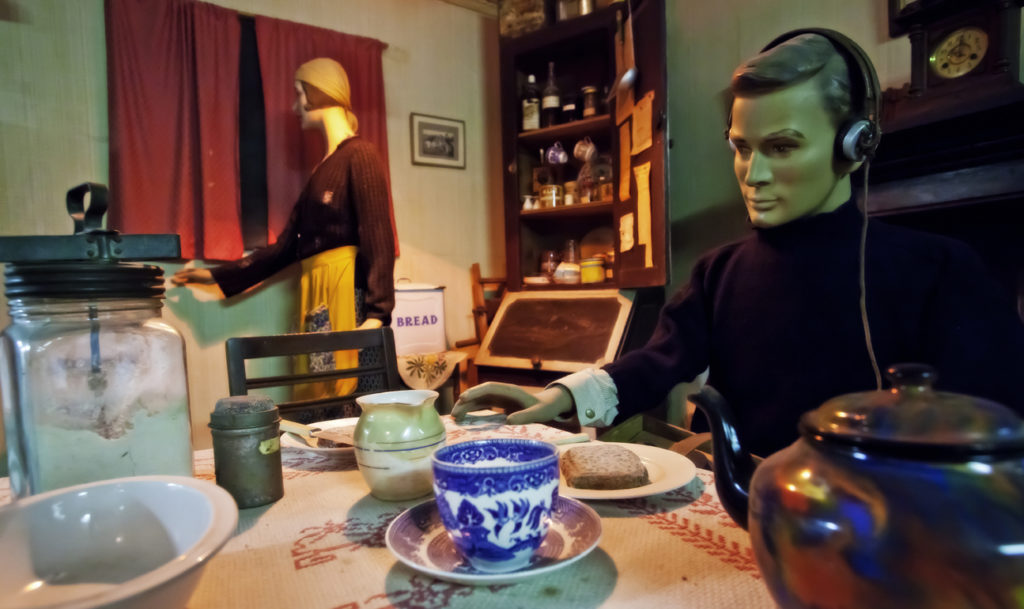- Museum
- Les Houards Forest, Guernsey GY8 0BG, Guernsey
- http://www.germanoccupationmuseum.co.uk
On the 28 June 1940 St. Peter Port Harbour in Guernsey was bombed by German aricraft, resulting in the death of 33 civilians. Two days later, the first German aircraft arrived at Guernsey airport, which marked the beginning of the occupation of the Islands of Guernsey.
All five Islands quickly found themselves under German rule, each serving their own purpose for what became known as ‘Hitler’s Island Madness’, as the Channel Islands became the most fortified place in the world.
Life for Guernsey Islanders changed dramatically over the course of almost five years. A curfew of 9 PM was introduced and all Islanders had to be indoors or they were liable to be arrested or even shot. Vehicles were requisitioned and radios banned, with some Islanders using hidden crystal sets to hear the news. Food and livestock were rationed and, by the end of the War both Guerns and Germans were at the brink of starvation.
On 9 May, 1945 the occupying forces surrendered to combined British task force, Force 135, under the command of Brigadier Snow. After five long years, the Occupation was finally over.
The German Occupation Museum houses the largest collection of WWII memorabilia in the Channel Islands. It uncovers life living under German occupation and the events leading up to the liberation of the Islands by Force 135. The museum contains rare original artifacts from the War, including an anti-tank gun, German field kitchen, a 4-wheel German Enigma device, along with personal letters, an exhibition about Guernsey’s resistance and newspapers and photographs from that turbulent period.

